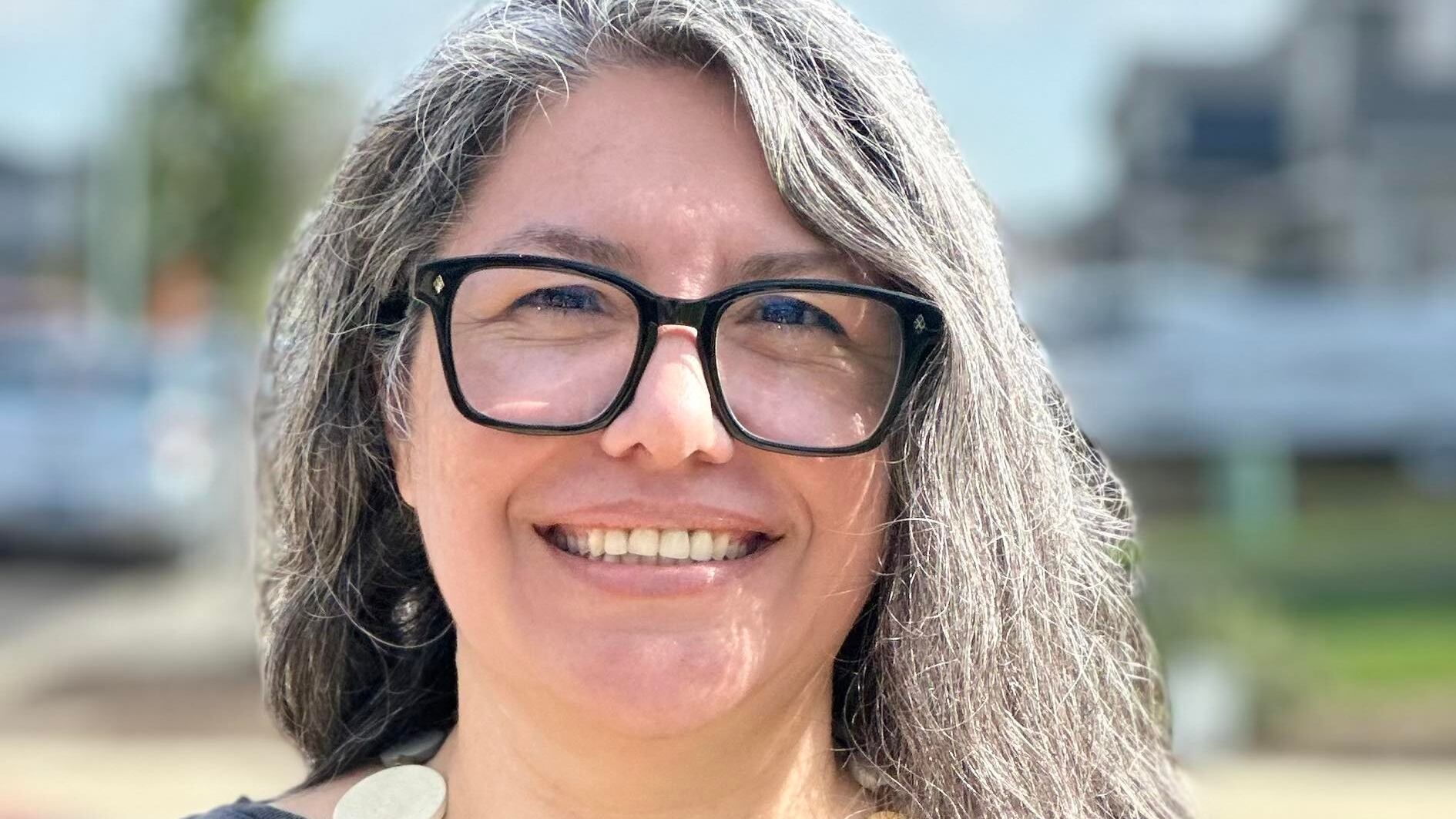For the past week, it has looked as if the partisan makeup of the Oregon House didn’t change on Election Day, remaining at 35–25 in favor of Democrats.
But in House District 22, the state’s smallest in terms of number of voters, the slow trickle of votes in Woodburn and parts of Marion County has now shifted in favor of Democratic challenger Lesly Muñoz.
For most of the past week, incumbent state Rep. Tracy Cramer (R-Gervais) held a small but consistent lead. On Thursday night, however, Muñoz crept ahead by the thinnest of margins—one vote. Oregon Public Broadcasting first reported on the shift.

At midday on Friday, Marion County Clerk Bill Burgess told WW there were still a significant number of votes to be counted in House District 22. Burgess says his office has received 1,543 ballots for that district that haven’t yet been tallied. Of that number, 809 have been accepted and will be counted today. The other 734 have signature or other technical issues.
Burgess’ office has sent letters to each of those 734 voters asking them to contact county elections staff to verify their ballots. On Nov. 20, the names of most of those voters will become a public record. Both campaigns can then contact voters to urge them to cure the issues with their ballots.
Burgess says his office hopes to release a new count at the end of the day Friday, but with the relatively large number of ballots with outstanding issues and some ballots still coming in from other counties where they were delivered by mistake, it may be a while before the result is clear. (As of Friday, Marion County’s turnout stands at 66.47%, well behind the statewide turnout of 70.97%).
House District 22 contains just 37,914 voters, according to the latest registration numbers compiled by the Oregon secretary of state. That’s unusually small: The average number of voters in Oregon’s 60 House districts is 51,400, and no other House district has fewer than 41,000 voters. (Democrats hold a 6.4 percentage point registration advantage over Republicans in the district.)
District 22’s size may come into play in this way: State law requires an automatic recount in races where the difference between the two leading candidates is less than one-fifth of 1%. So the smaller the number of votes cast, the smaller the threshold for a recount. (Burgess says the determination of whether a recount is in order cannot be made until after the final count is certified, which happens for all races on Dec. 2.)
As of midday Friday, the number of ballots counted in the race was 19,647. One-fifth of 1%—the threshold for a recount—is 39 votes.
The import of the race’s outcome in House District 22 is large: If Munoz wins, Democrats would again enjoy a three-fifths supermajority (36–24) in the House. Senate Democrats already have an 18-12 supermajority in the higher chamber because they picked up one seat in a Bend district where Democrats hold a 29-point registration advantage. Oregon law requires a supermajority vote to pass new taxes, such as the large transportation funding package the Joint Committee on Transportation has been preparing for the past six months.
If that package passed, which it could without a single Republican vote, it would likely include some as yet unspecified combination of new or increased taxes.

